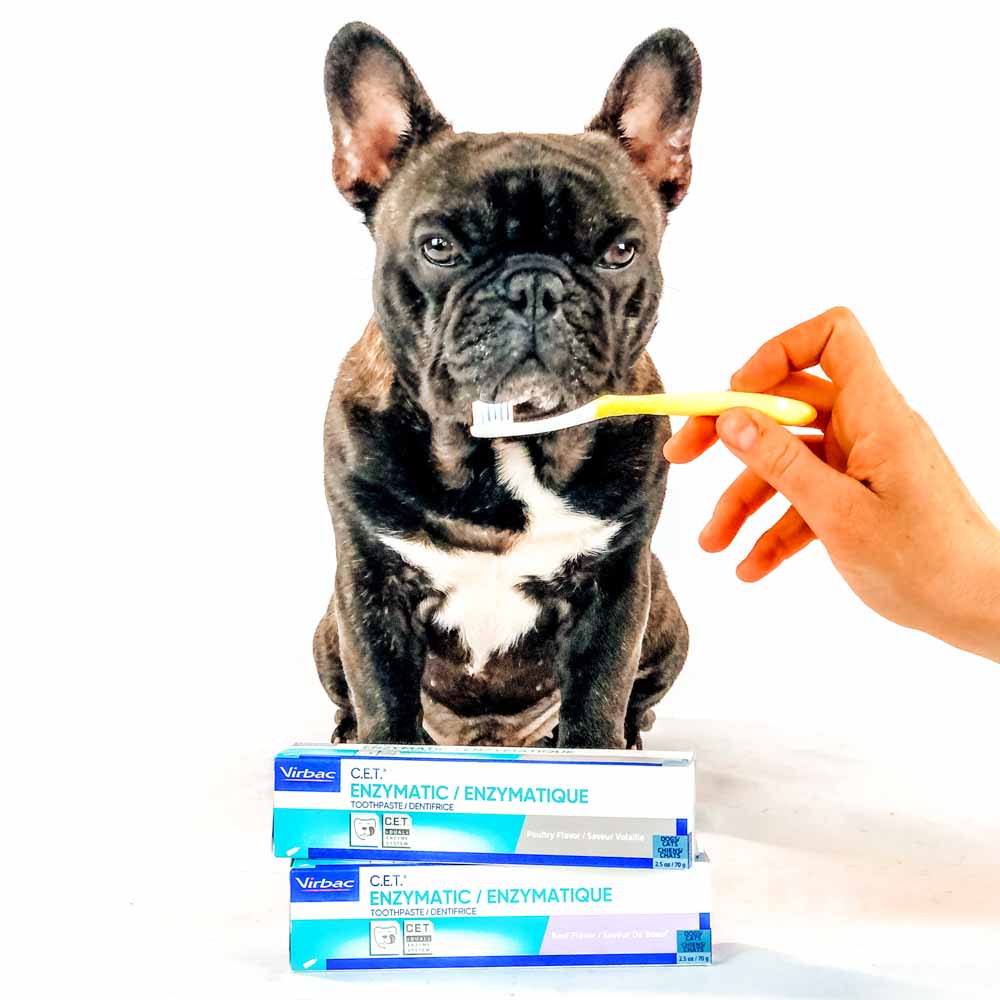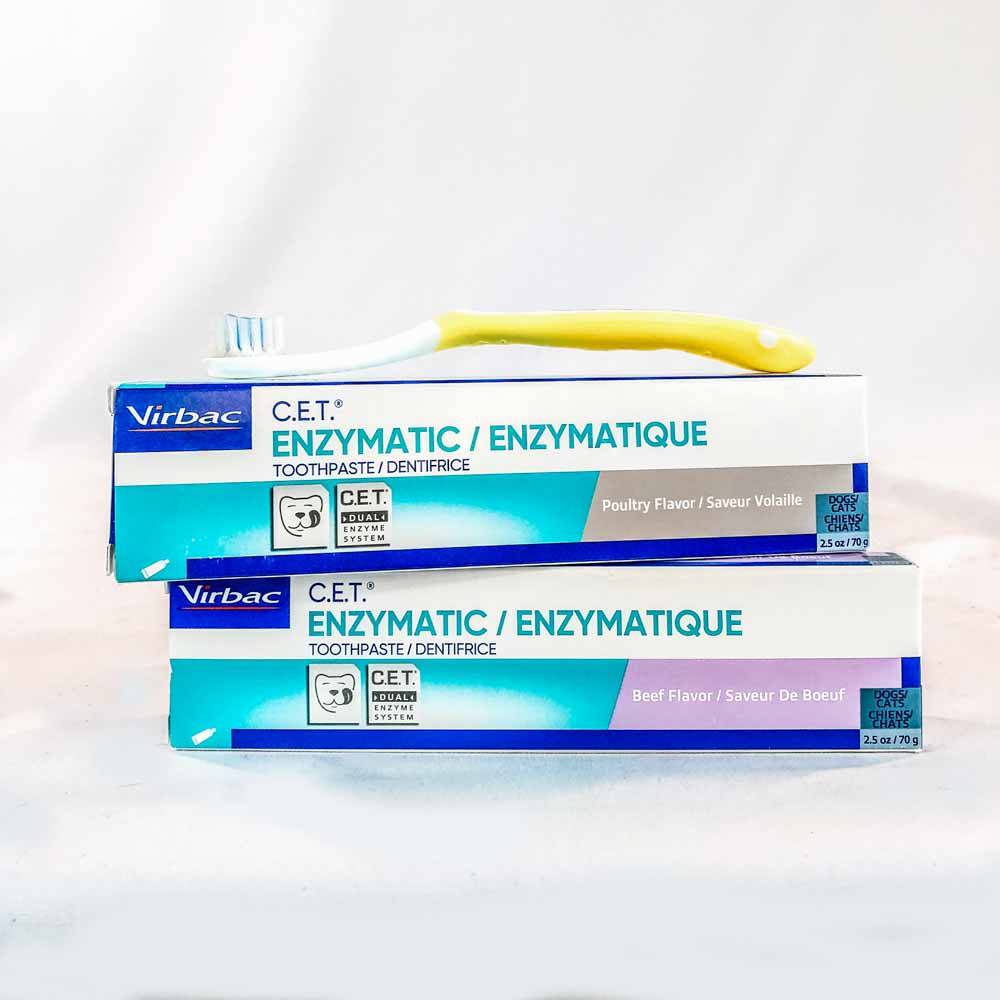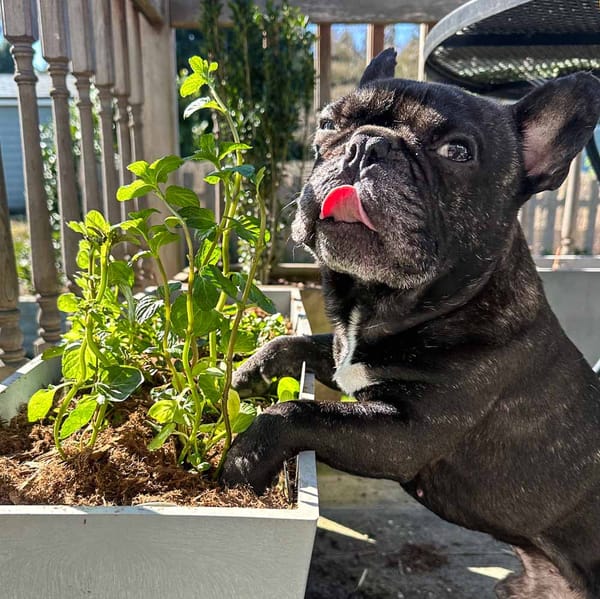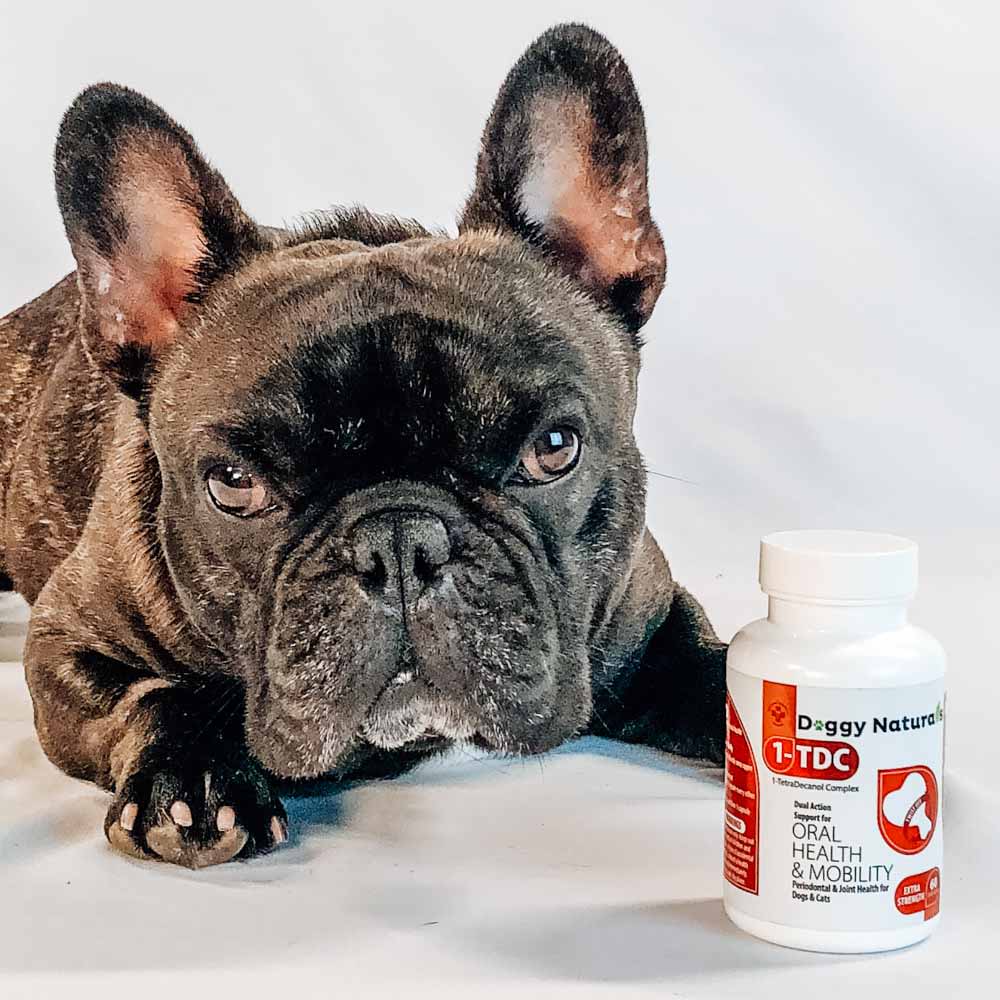What You Need To Know About Keeping Your Dog's Teeth Healthy & Happy
My dogs always cringe when the vet pries open their mouths to inspect their teeth. It may be uncomfortable but canine dental health is very important! Having a healthy mouth not only looks good but prevents other health conditions. Here’s what you need to know.

More than 70% of pets show some degree of periodontal disease by the age of 3.
I have to admit, this statistic is alarming! And what makes it so scary is that 8 out of 10 dogs will show periodontal disease at a young age.
It can be hard to check your dog’s teeth. They can wince, thrash, and make it impossible to have a look inside their mouths. And that’s why it’s good to start checking their mouths at a young age.
This allows your dog to get used to touch both inside and around the mouth. If you notice red, irritated gums or dark staining on teeth, it’s time for a vet exam.
So many teeth, so little time
Adult dogs have 42 teeth, which means there’s a lot that can go wrong! Daily brushing is the best defense to preventing periodontal disease. And the more you can brush, the healthier the gums and teeth will be!
It’s recommended to brush at least once a day.
There’s a lot of pet toothbrushes available to buy. But I’ve found using a kids-sized toothbrush works best for my dog’s small mouths.
Buy a VOHC-approved (Veterinary Oral Health Council) toothpaste. Add a small amount of toothpaste to the toothbrush. Start brushing in circular motions on the outside of the teeth.
Once your dog gets used to brushing on the outside of the teeth, you can brush on the inside too. Be patient! It can take weeks to get them adjusted to brushing. And don’t be surprised if you need to keep reloading the brush with more toothpaste.
If you’re short on time or have an uncooperative pup, there are other options to keeping your dog's teeth healthy! Options include:
- Edible treats (like Greenies)
- Water additives
- Oral sprays
- Oral gels
- Food additives
For a list of VOHC-approved items, click here.

Oral bacteria overgrowth can cause infection in other parts of the body
Bacteria overgrowth in the mouth leads to plaque formation. When plaque hardens and builds-up, tartar forms. As tartar worsens, it leads to gum irritation. Bottomline, as dental health declines, bacteria can thrive.
Inflamed gums can recede (or pull away from the teeth). This creates pockets where food can get trapped or bacteria can live. The gums can bleed. Teeth can loosen, break off, or roots of teeth can become exposed. This can lead to pain and trouble eating. If bacteria enters the bloodstream, it can lead to problems with the heart, kidneys, and liver.
Bad breath isn’t normal
If you notice foul odors from your dog’s mouth, it is time to see the vet for a dental exam. This could mean excessive bacteria, infected teeth, or inflammation of the gums.
Taking care of your dog’s teeth will:
- Reduce pain
- Decrease inflammation
- Reduce bacterial overgrowth
- Prevent other illness throughout the body
Daily brushing is best to keep teeth clean and gums healthy.
Schedule a follow-up with the vet if you notice:
- Foul odors
- Gum bleeding
- Inflammation
- Loose teeth
Subscribe to our weekly blog by submitting your information in the box below.



